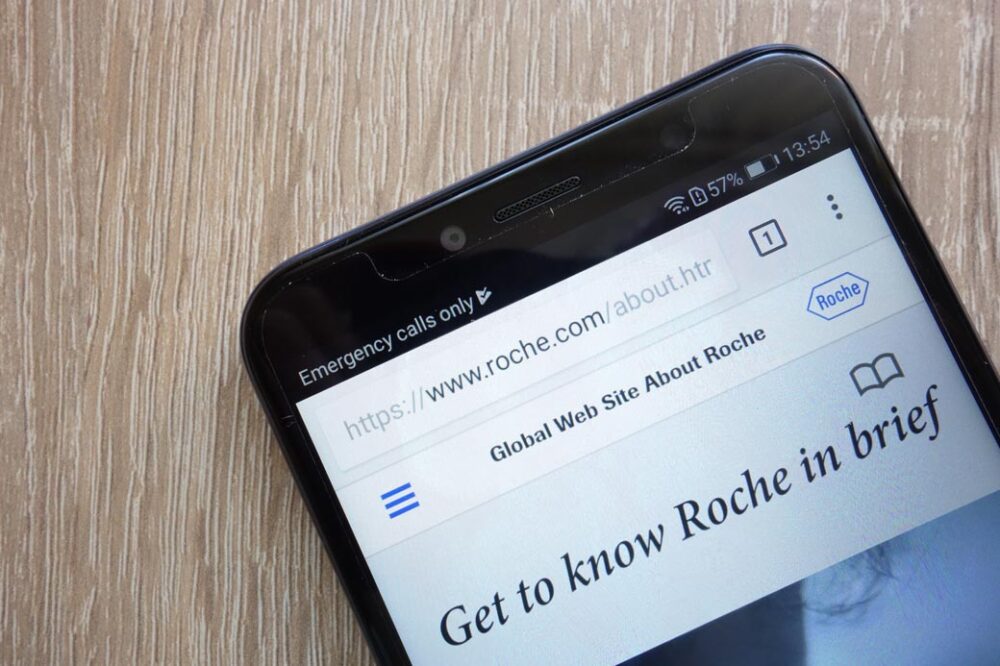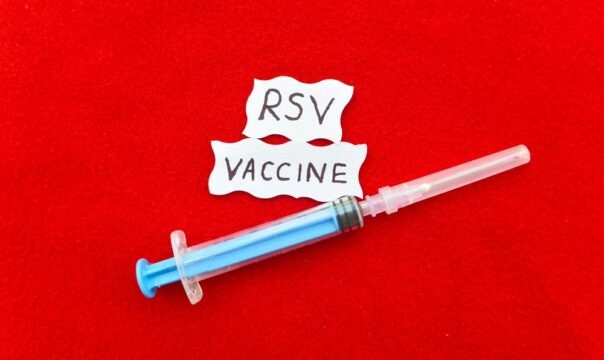Advertisment
New and updated data for Roche’s fixed-duration Lunsumio at ASH 2024 reinforce its potential to improve outcomes for people with lymphoma – Roche

Roche announced that new and updated data from its industry-leading CD20xCD3 T-cell-engaging bispecific antibody programme were presented at the 66th American Society of Hematology (ASH) Annual Meeting & Exposition, 7-10 December. With more than 20 bispecific antibody abstracts accepted for presentation, data showcase the benefits of fixed-duration Columvi (glofitamab) and Lunsumio (mosunetuzumab) across different types of aggressive and indolent lymphomas. This research supports Roche’s efforts to continue innovating for patients by advancing treatment standards at earlier stages of disease while exploring additional forms of administration that could further improve the patient experience.
Long-term data at four years from the pivotal phase II GO29781 study of Lunsumio in patients with R/R follicular lymphoma (FL) showed long-lasting remissions, with nearly two-thirds (64.0% [95% CI: 50.1-78.0]) of patients with a CR alive and without disease progression at 45 months. The overall response rate (ORR) and CR rates in the overall population were 77.8% and 60.0%, respectively. Consistent results were seen in patients with a history of disease progression within 24 months of frontline treatment (POD24), which is typically harder to treat. No new safety signals were observed since the previous analysis.
Both presented studies of Columvi and Lusumio also showed restoration of B-cell levels, starting from 12-18 months following Columvi treatment and after a median of 19 months following Lunsumio treatment, indicating immune system recovery and supporting the use of a fixed-duration treatment approach. Recovery of B cells following treatment for lymphoma is important so that patients can maintain immune system function.
A US real-world data study and economic model evaluating R/R non-Hodgkin lymphoma patient treatment-related travel burden across different bispecific antibody therapies highlight the impact of travel distance, time and associated costs, an often-overlooked aspect of the patient experience beyond clinical efficacy and safety. These factors play a crucial role in treatment decision-making, further emphasising the importance of patient-centred treatment options. The study found fixed-duration therapies, such as Columvi and Lunsumio, reduce treatment-related travel burden due to less frequent dosing.
Data from a primary analysis of the phase II GO29781 study of investigational Lunsumio administered subcutaneously in patients with third-line or later FL were presented for the first time. Results show pharmacokinetic non-inferiority compared to intravenous (IV) administration, with fixed-duration Lunsumio achieving high rates of deep and durable remissions, with 76.6% of patients experiencing an ORR and a 61.7% CR rate, as evaluated by the independent review committee. The median progression-free survival was 23.7 months (95% CI: 14.6-NE), while the median overall survival was not reached. The most common all-grade adverse events (AEs) were injection-site reactions (60.6%; all Grade 1-2), fatigue (35.1%), and cytokine release syndrome (CRS; 29.8%). The rate and severity of CRS events were low (Grade 1-2, 27.6%; Grade 3, 2.1%); all occurred during cycle 1 and were resolved. Data has been submitted to health authorities with the aim of offering patients and healthcare providers an alternative treatment and more choice when it comes to administration options depending on their needs.
New data from a randomised phase II cohort of the investigational GO40516 study showed improved efficacy and manageable safety with outpatient, subcutaneously administered, fixed-duration Lunsumio in combination with Polivy (polatuzumab vedotin) versus MabThera/Rituxan (rituximab) in combination with Polivy, in people with R/R LBCL. In the Lunsumio-Polivy arm, the ORR was 77.5% (95% CI: 61.6-89.2) versus 50.0% (95% CI: 33.8–66.2) for MabThera/Rituxan-Polivy, and the CR rate was 57.5% (95% CI: 40.9-73.0) versus 35.0% (95% CI: 20.6-51.7). AEs of special interest occurring in ≥30% of patients in the Lunsumio-Polivy arm were injection-site reactions (55.0%) and neutropoenia (40.0%). CRS events occurred in four (10.0%) patients, all of which were Grade 1-2, occurred during cycle 1 and were resolved. These data support further exploration of this investigational treatment combination in the ongoing phase III SUNMO study, which could provide an alternative option in second-line DLBCL to meet diverse patient needs.
The data being presented at ASH offer further evidence that Columvi and Lunsumio can provide lasting remissions for people with advanced lymphoma,” said Dr. Levi Garraway, Roche’s Chief Medical Officer and Head of Global Product Development. “The results underscore our ambition to transform the treatment of B-cell malignancies with a range of innovative therapeutic options.”
Lymphoma patients face challenges that extend well beyond the clinical manifestations of their disease, including the physical and emotional strain of frequent appointments and treatments,” said Dr. Elizabeth Budde, City of Hope’s executive medical director of its Enterprise Immune Effector Cell Program and Lunsumio clinical trial investigator.“While Lunsumio’s fixed duration intravenous formulation has already offered a valuable treatment option, the introduction of a subcutaneous route could provide a shorter administration time. With both routes available, we can better tailor therapy to each patient’s needs, supporting a flexible and patient-centered approach to follicular lymphoma care.”





